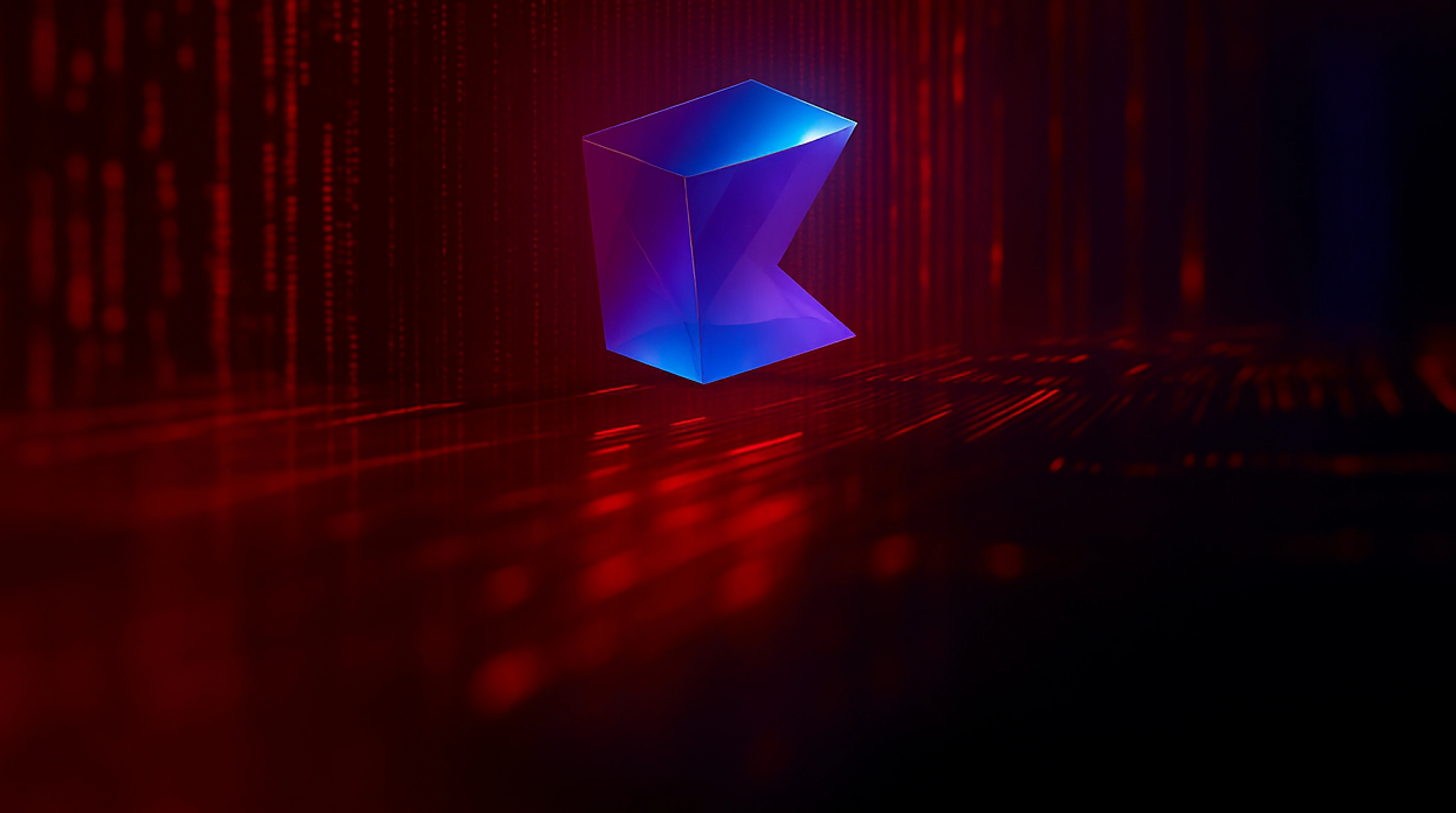
The future of storing and managing data: ETL vs. ELT
February 9, 2021
The data explosion has put a massive strain on the data warehouse architecture. Organizations handle large volumes and different types of data, including sensor, social media, customer behaviour, and big data.
If your organization has a data warehouse, you’re most likely using either the extract, transform, load (ETL) or the extract, load, transform (ELT) data integration method.
ETL and ELT are two of the most popular methods of collecting data from multiple sources and storing it in a data warehouse which can be accessed by all the users in an organization.
ETL is the traditional method of data warehousing and analytics, but with technology advancements, ELT has now come into the picture. But what exactly happens when “T” and “L” switch places? Let’s discuss.
What is the difference between ETL and ELT?
In ETL, data is extracted from varying sources such as ERP and CRM systems, transformed (calculations are applied, raw data is changed into the required format/type, etc.), and then uploaded to the data warehouse, also called the target database.

In ELT, after extraction, data is first loaded in the target database and then transformed i.e., data transformation happens within the target database.

That said, the difference between these two processes isn’t just confined to the order in which data is integrated. To understand their differences, you also have to consider:
- The underlying storage technologies
- The design approach to data warehouse architecture
- The business use cases for the data warehouse
What Changed and Why ELT Is Way Better?
1. Cloud-Based Computation and Storage of Data
The ETL approach was once necessary because of the high costs of on-premise computation and storage. With the rapid growth of cloud-based data warehouses and the plummeting cost of cloud-based computation and storage, there is little reason to continue transformation before loading at the final destination. Flipping the two enables analysts to do a better job in an autonomous way.
2. ELT Supports Agile Decision-Making for Analysts
When analysts can load data before transforming it, they don’t have to determine the required insights to be generated before deciding on the exact schema. Instead, the underlying source data is directly replicated to a data warehouse, comprising a “single source of truth.” Analysts can then perform transformations on the data as needed, with the flexibility of going back to the original data without compromising on its integrity. This makes the business intelligence process incomparably flexible and safer.
3. ELT Promotes Data Literacy Across the Whole Company
When used in combination with cloud-based business intelligence tools, the ELT approach also broadens access to a common set of analytics across organizations. Business intelligence dashboards become accessible even to relatively non-technical users.
The Bottom Line: Here are Some Final Thoughts About ETL and ELT
ETL is outdated. It works with traditional data center infrastructures, which cloud technologies are already replacing. The loading time takes hours, even for businesses with data sets that are just a few terabytes in size. ELT is the future of data warehousing and efficiently utilizes current cloud technologies. It allows businesses to analyze large data sets with lesser maintenance and offers key insights to help make the right business decisions. With time, the scope of ELT will potentially expand as native data integration tools continue to evolve.
Source:https://www.softwareadvice.com/resources/etl-vs-elt-for-your-data-warehouse/
https://dzone.com/articles/why-the-future-of-etl-is-not-elt-but-elt


















